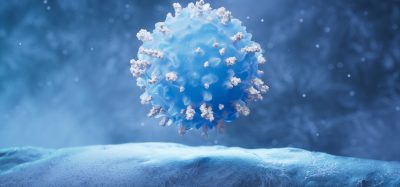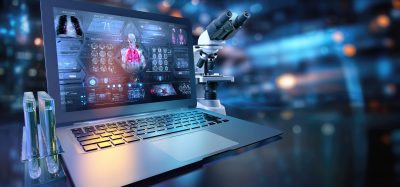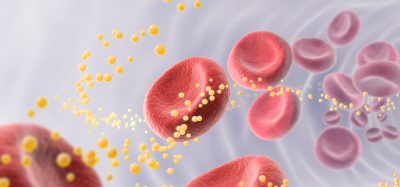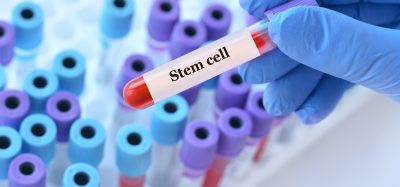Expert view: Finding a translatable disease model suitable for drug discovery screening
Posted: 28 May 2020 | Ncardia | No comments yet
Effective drug discovery and development greatly relies on the availability of predictive pre-clinical models.
For decades, target-based drug discovery has focused on biochemical assays or selected protein over-expression in immortalised cells to identify and optimise inhibitory or activating molecules. Only late during the drug development pipeline are molecules tested on more complex biological systems – typically in animals. However, animal experiments are costly and findings can translate poorly to humans.
Bringing the most relevant biology early into the pipeline would mitigate late-stage failures due to safety or efficacy concerns. Despite an increased availability of certain primary (patient-derived) human cells and tissues, some lineages such as cardiomyocytes and neurons remain difficult to access. Due to their low expansion and survival rates, as well as significant donor-to-donor variability, these primary cells are rarely available in quantities large enough for high-throughput screening and drug development.
Recent developments in human induced pluripotent stem cell (hiPSC) technologies hold great promise for disrupting the current drug discovery paradigm and improving decision making during pre-clinical experiments. hiPSCs retain patient-specific genetic background information, differentiate into functional cell-types and closely mimic human pathophysiology. These attributes make them suitable models for early safety and efficacy studies. Coupled with functional phenotypic assays that closely relate to the desired clinical readouts in patients and improved technologies for scaled expansion and differentiation, hiPSCs represent a powerful tool for both high-throughput screening and further development of candidate molecules.
Ncardia is a leader in generating and cryopreserving large batches of approximately 20 billion hiPSC-derived cell lines to enable the use of same-batch cells in drug discovery, target identification and lead optimisation. This approach enhances assay reproducibility and importantly fulfills the critical need for incorporating a human-based platform into the early drug discovery pipeline.
Related topics
Assays, Drug Development, Drug Discovery
Related organisations
Ncardia








